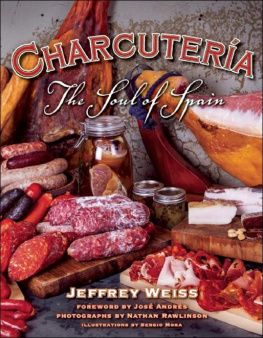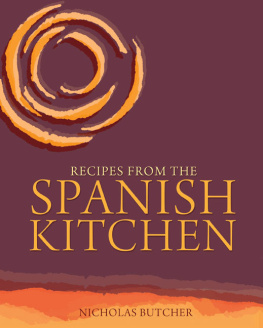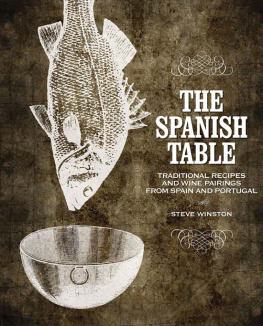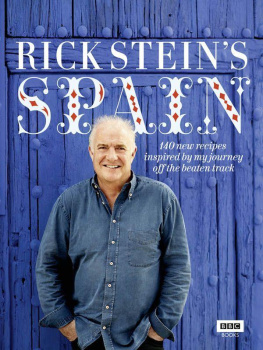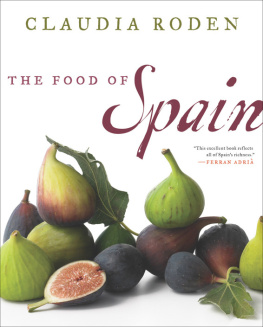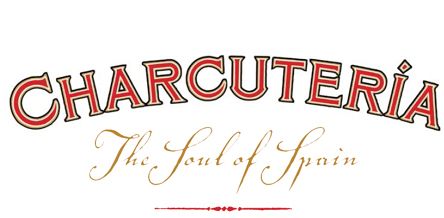
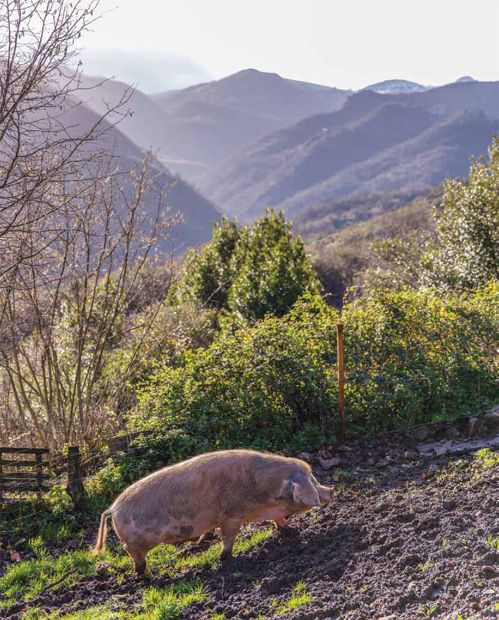

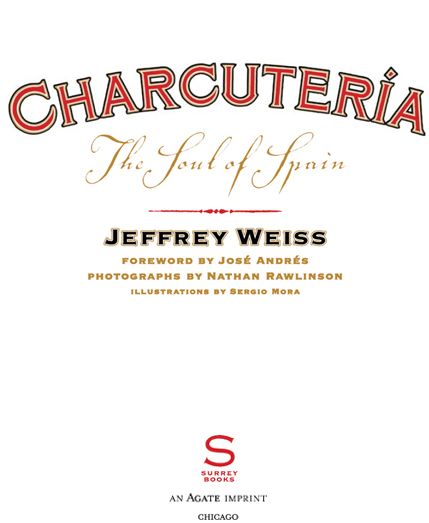

Copyright 2014 Jeffrey Weiss
All rights reserved. No part of this book may be reproduced or transmitted in any form or by any means, electronic or mechanical, including photocopying, recording, or by any information storage and retrieval system, without express written permission from the publisher.
All photos by Nathan Rawlinson except:
Photo on page 170 by Jeff Koehler / copyright ICEX
Photo on page 322 by Juan Manuel Sanz / copyright ICEX
Photo on page 389 by Amador Toril / copyright ICEX
Photo on page 396 by Flix Lorrio / copyright ICEX
Photo on page 430 by Toya Legido / copyright ICEX
First ebook edition 2014
ISBN-13: 978-1-57284-737-8
Weiss, Jeffrey
Charcuteria : the soul of Spain / Jeffrey Weiss.
pages cm
Text in English; some chapter headings and parts of table of contents, in Spanish.
Includes index.
Summary: A guide to Spanish charcuteria, with recipes-- Provided by publisher.
1. Cooking (Meat) 2. Cooking, Spanish. I. Title.
TX612.M4W45 2013
641.5946--dc23
2013018755
14 15 16 17
Surrey Books is an imprint of Agate Publishing. Agate books are available in bulk at discount prices.
For more information, go to agatepublishing.com.
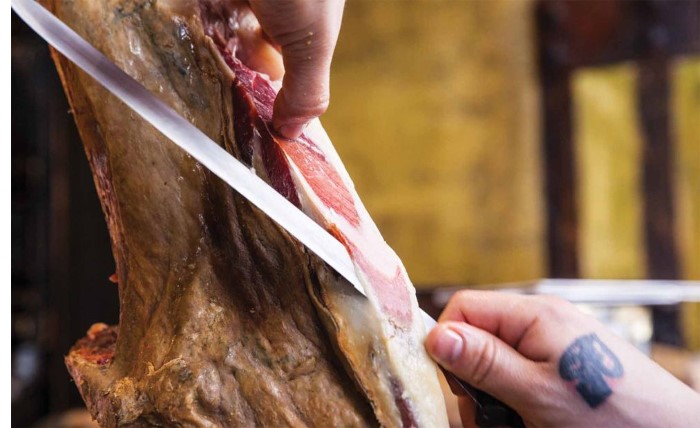

To the maestros, matanceros, sabias, and chefs of Spain who welcomed me into their kitchens, families, and homes.
Though your delicious good works speak for themselves, I hope that this book serves as a testament to your passion and traditions.
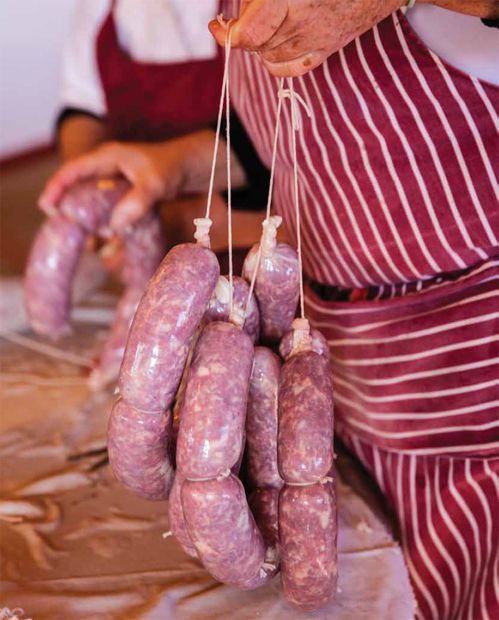

CONTENTS
RECIPES



GROWING UP IN Asturias, in the north of Spain, my life was flavored with chorizo. My favorite memories as a small boy were coming home to the rich smell of garbanzo stew, big bowls of warm chickpeas and chorizo. There was chorizo a la sidra, cooked with the apple cider famous in the region. And of course, there was always fabada, the most classic dish of Asturias. This hearty stew, made with buttery beans called fabes, is studded with chorizo, morcilla (blood sausage), and thick bacon. Then, when my family moved to Barcelona, most holidays were scented with the smell of butifarra, the Catalan fresh pork sausage, as it was grilled in the town squares. As an adult now, in America, Im never far from a whole leg of the prized jamn Ibrico de bellota, Spains most celebrated ham from the pata negra pig. Meat has real meaning for someone like me.
To most of the world, Spain looks like a single country, but it is really a fascinating mix of people, languages, cultures, and food. Regional differences are many, and nowhere is this more obvious than when you look at our tradition of cured meats, carnes y embutidos. From each corner of the country to its heart, in Madrid, youll find a huge variety of fresh sausage, cured sausage, hams, and so many other preserved cuts of meat. Many of them, however, rarely make it outside of the country. But this is beginning to change.
I could not be more proud to see how Spanish cuisine is honored and recognized throughout the world today. Spanish restaurants top nearly every list of the worlds best, thanks to many of my friends, including Ferran and Albert Adri, Juan Mari Arzak, and Joan and Jordi Roca. Spanish ingredients and dishes are becoming part of every day life. For nearly 25 years, I have been cooking the foods of my country and sharing the story of Spain here in my home of America. In my restaurants in Washington, DC, Los Angeles, Las Vegas, and Miami, diners are fascinated by the smoky, spicy, and sweet flavors of embutidos: chistorra, chorizo, lomo, sobrasada, butifarra, jamn Serrano and of course jamn Ibrico. Whether Im guiding TV viewers, chefs, and culinary students through La Alberca, near Salamanca, to see the pigs of my friend Santiago Martin (whose Fermn jamn Ibrico was the first to legally come to the US), or taking friends like Stanley Feder of Simply Sausage through the Catalan countryside to taste traditional butifarra he makes for some of my restaurants, I love to see the amazement newcomers experience when learning the stories behind these flavors and traditions.
But the great story of preserving and curing in Spain has yet to be truly told, until now. Charcutera brings to lifewith real heart, history and techniquean astonishing look at the legacy of Spains flavorful meats. More and more Americans today are enjoying superb cured meats. Some are imported, and many are made locally, following European traditions. Chefs across the country offer amazing displays of artisan-made or house-cured charcuterie. Even home cooks are learning the skills of the butcher and understanding how to use the whole animal. This book is special, and perfectly timed to introduce these stories of salt and smoke and Spain.
What you will find here in Charcutera is a love letter; it is filled with the passion and perseverance of a young man on a mission to discover the soul of Spain. Right out of a top university, with no formal training in Spanish cuisine but eager to learn and fascinated with Spain, Jeffrey Weiss came to cook with us at Jaleo, my tapas restaurant in downtown Washington, DC. We could tell right away that he had more than just a fascination with Spanish cooking. It was a true calling for him. He was able to use his experience to win a spot in the Spanish governments amazing gastronomy training program, tasting and traveling across Spain. His time therespent cooking, learning, eating, drinkingallowed him to open a window into the heart of Spanish culture; to become part of families and hear their stories; to watch masters at work; and to participate in the cycle of life on the farms and in the fields.


Next page
